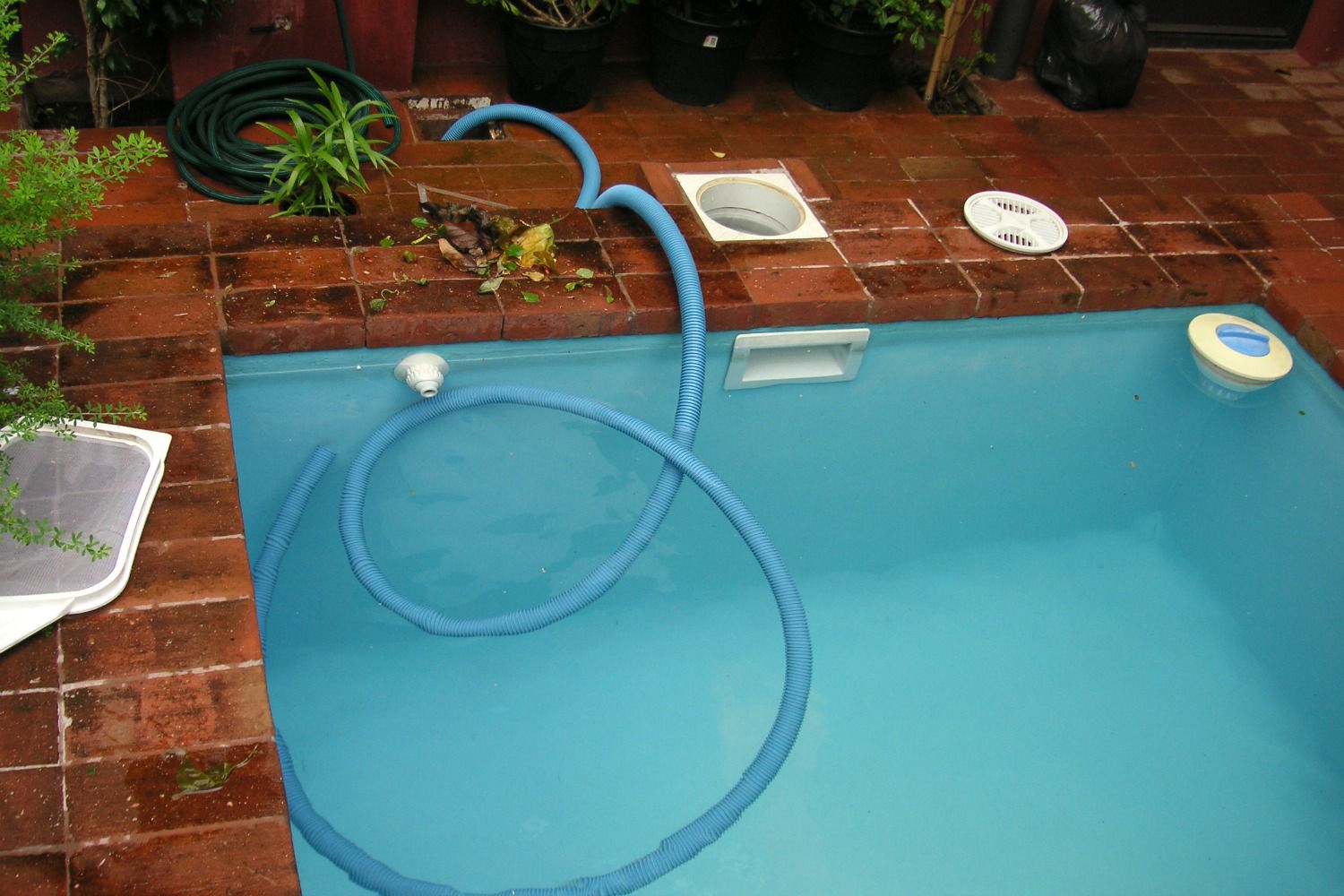Maintaining a sparkling clean pool isn’t just about the right chemicals; it’s about a healthy, clean filter. This comprehensive guide will walk you through everything you need to know about backwashing your pool, from understanding why it’s important to mastering the step-by-step process for various filter types. We’ll even cover troubleshooting common problems and offer tips for maximizing your filter’s lifespan. Let’s dive in!
Why Backwash Your Pool?
Backwashing is like hitting the reset button on your pool’s filtration system. It’s essential for maintaining clean, clear water and reducing the need for chemicals. Think of your filter as your pool’s kidneys. Just like our kidneys filter waste from our blood, your pool’s filter removes impurities—dirt, leaves, algae, and other contaminants—from the water. Over time, this debris accumulates, restricting water flow and reducing filter efficiency. Backwashing reverses the flow of water through the filter, flushing out this trapped gunk and restoring its ability to keep your pool pristine. This not only improves water clarity but also extends your filter’s life and improves pump efficiency, potentially saving you money on repairs and energy bills in the long run.
When is it Time to Backwash?
Knowing when to backwash is key. Two main indicators suggest it’s time:
- Pressure Gauge: Check your filter’s pressure gauge weekly. An increase of 8-10 PSI above its normal operating pressure (the pressure after a cleaning or replacement – write this down!) is a strong signal it’s time to backwash.
- Water Clarity: Even if your chemical levels are balanced, persistently cloudy water may indicate a clogged filter. While other factors can contribute to cloudiness, a pressure gauge check confirms the need for backwashing.
Backwashing: A Step-by-Step Guide
Here’s a comprehensive guide, tailored for different filter types:
For Sand and DE (Diatomaceous Earth) Filters:
- Power Down: Turn off the pool pump for safety.
- Hose Up: Attach a backwash hose to the backwash port and direct it to a suitable drainage area, away from landscaping and the pool.
- Backwash Mode: Rotate the multiport valve handle to “Backwash.”
- Flush It Out: Turn the pump on. Murky water will flow out of the backwash hose. Run the pump until the water clears (usually 2-3 minutes), but avoid overdoing it to conserve water and filter media.
- Rinse Cycle: Turn off the pump, set the valve to “Rinse,” and run the pump for 30-60 seconds to flush remaining debris into the drain.
- Filter Mode: Turn off the pump, return the valve to “Filter,” and turn the pump back on.
- Pressure Check: Confirm the pressure gauge is back to its normal range.
For Cartridge Filters:
Cartridge filters don’t require backwashing. Instead, remove the cartridge and clean it with a garden hose every few weeks. Periodically soak it in a cleaning solution, and consult the manufacturer’s instructions for how often to replace, which is typically annually.
Troubleshooting
Encountering problems? Here are some solutions:
- No Backwash Flow: Check for kinks or clogs in the backwash hose/line. Ensure the pump is on and the valve is correctly set.
- Cloudy Water After Backwashing: The filter might be damaged, require a deeper clean or replacing, or it may not have backwashed long enough.
- Low Water Level: This is normal after backwashing. Refill the pool.
Backwashing and Shocking: The Right Order
Backwashing before shocking is generally recommended, as it removes debris, allowing the shock to be more effective. However, wait 48 hours after shocking before backwashing to protect the filter from high chlorine levels. If your filter is excessively dirty, backwash before shocking, regardless of recent shock treatments, to ensure proper circulation and sanitation. For shocking, follow the instructions on your chosen shock product carefully.
Maintaining Your Filter: Beyond Backwashing
Regular maintenance is key:
- Clean the Pump Basket: Frequently cleaning the pump basket – a pre-filter that catches larger debris – prevents clogs and protects the main filter.
- Replace DE Powder: If you have a DE filter, replace the DE powder after each backwash, as it’s the primary filtering agent.
- Consult Your Manual: Your filter manufacturer’s instructions are the best resource for your specific model. There might be slight variations in the process depending on your equipment.
Additional Tips & Considerations
- Water Conservation: Consider a backwash recovery system or direct backwash water to irrigate landscaping.
- Filter Media Deep Dive: Understanding the properties of sand, DE, and cartridge media can optimize backwashing.
- Visual Aids: Diagrams or videos illustrating the process, especially the multiport valve, can be helpful.
- Advanced Techniques: Research alternative backwashing methods or tools like filter cleaner solutions.
- Environmental Impact: Dispose of backwash water responsibly. Regulations vary; check [local water authority guidelines].
Transform your cracked concrete with these innovative backyard floor ideas thin breaks and create a seamless transition to your dream basement walkout.
By following these guidelines and staying informed about the latest pool maintenance practices, you can ensure a sparkling clean and healthy pool for years to come. While the information provided here reflects generally accepted best practices, ongoing research may reveal new insights, so continued learning is encouraged. Consult a pool professional for any persistent issues or specific questions.
- Dora the Explorer Wipe-Off Fun: Safe & Mess-Free Activities for Little Explorers - April 18, 2025
- Does Lemongrass Repel Mosquitoes? Fact vs. Fiction + How to Use It - April 18, 2025
- Do Woodchucks Climb Trees?Fact vs. Fiction - April 18, 2025










